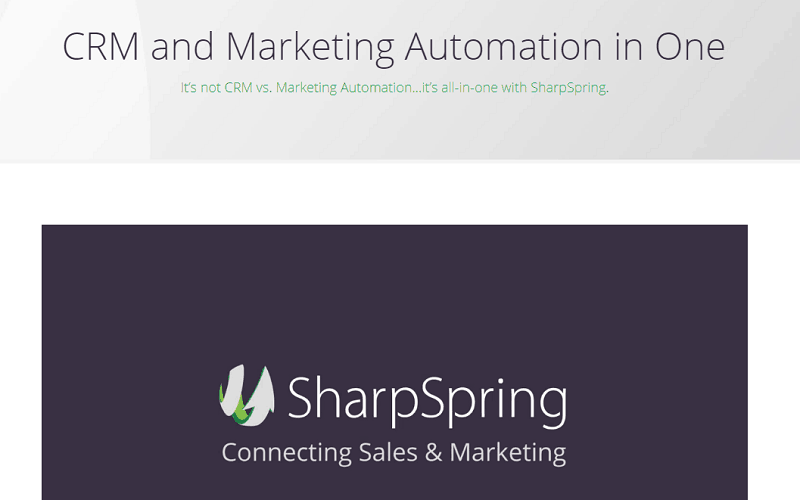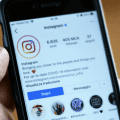At one time, Instagram ads were once recognized as obvious product placements and sponsored posts. Ads stood out from all the other social content. Now, in 2025, they’re prolific on social media, more nuanced, and creative. And there are versatile tools for affiliate marketers, bloggers, and solo entrepreneurs who want to grow fast while staying on budget.
If you’re just getting started with affiliate marketing on Instagram or want to know why some Instagram ads are more successful than others, this guide will explain how to make yours work – from setup to strategy and growth that pays for itself.
Table of Contents
Why Instagram Ads Are Still Powerful in 2025

Reach and Relevance
Even amongst rising competition on TikTok and YouTube, Instagram dominates engagement stats and visual marketing. It may have begun with selfies and travel photos, but Instagram evolved into a space where businesses, creators, and affiliate marketers connect with highly active, niche audiences.
This is particularly true for product-based businesses, services like coaching, and content influencers who rely on visibility for income. If you’re in any of these spaces, Instagram ads are your fast track to insights and tools that take months or years to gain organically.
Paid Ads vs Organic Growth
Organic growth (viewers who happen to see you and an algorithm that promotes what’s popular) is getting harder to achieve. The Instagram algorithm doesn’t push small accounts, and unless you catch a trend at the perfect moment, it can be difficult to get noticed.
That’s where paid ads come in.
Running ads allows you to break out of algorithm limitations and reach people who won’t see you otherwise. More importantly, your ideal customers can be targeted. People need to see you and know you to become fans. After that, a brand can ride waves of referrals and reputation, but paid ads are the jumpstart to spark awareness.
Set Goals and Set Up Your First Instagram Ad Campaign
Creating a Business or Creator Account
Before you can run ads, you’ll need to switch your Instagram profile to a business account. This requires just a few clicks in your settings to access ad tools, insights, and link with Meta Business Suite – Instagram’s ad tracking dashboard.
Linking with the Meta Business Suite unlocks more detailed targeting (go after the views you want) and performance features. Meta walks you through the connection step by step, so just begin and follow the prompts, then you’ll be ready to build your ad campaign.
Choosing Your Campaign Objective
Meta will ask what you want to achieve and help you steer in that direction. If you’re trying to build awareness, promote an affiliate link, or entice people to another page, your campaign goal will reflect that.
For most marketers, traffic is what they want and need first. More eyes and views indicate to Instagram that your content is worthy of being seen. And higher traffic raises the odds that your ad will work. You can experiment with metrics like brand awareness and conversions once you’ve gained a bigger audience.
Building an Audience That Converts
The best Instagram ad strategy lies in targeting, so you can stop guessing and hoping for results. Instagram will help you build an audience based on demographics, interests, and buying behaviours. You can even get your ads in front of people who already buy from competitors. For example, if you’re promoting a health supplement, you can target people interested in wellness, nutrition, and influencers in that space.
Eventually, you’ll be able to curate targeted lists from within your own audience based on who’s engaged with your content or visited your site – even if they didn’t buy. Retargeting ads can be quite precise, but it’s important to stay focused at the start.
Crafting the Perfect Ad: Content, Copy, and CTA
Choosing an Ad Format
There are different designs and ad formats to choose from, but images and Reels tend to be easiest and most effective for beginners. Reels have been thriving for a few years and aren’t slowing down in 2025. They’re short, full-screen, and designed to be watched quickly – perfect for catching attention and motivating action.
Carousels are another value-packed option to showcase multiple steps or benefits, while Stories feel more personal and show behind-the-scenes, casual content.
Writing Copy That Sells
The videos and images grab attention, but words make the sale. When writing ad copy, you only have a second or two before viewers scroll past, so each word counts.
Skip un-specific phrases like “Don’t miss out!” and instead write a hook that’s clear and benefit-focused. For example:
“Want to earn from your content? Here’s how.”
Then, add a simple call-to-action (CTA), like “Get yours now.” Avoid overloading the text. Long sales pitches don’t work well on Instagram.
Tips for Split Testing (A/B Testing)
Testing different versions of your ad means trying something out, then posting an altered version. Testing can help you figure out what works and what wastes your money. Change one variable at a time: the headline, image, or CTA. Keeping everything else consistent lets you zero in on the difference-maker.
Pro tip: Don’t evaluate results too early. Let each ad run for a few days before making decisions. Metrics like click-through rate (CTR), cost per click (CPC), and conversions indicate what resonates with your audience, and Instagram’s tools provide that data.
What the Aviator Crash Game Teaches Us About Social Ad Success
The Rise of Aviator Via Social Media
You may have seen the Aviator Crash game in your feed. It’s been highlighted in Reels and influencer’s stories with captivating graphics and a “Play now” button. But the game didn’t just rely on ads to become a household name; the growth of Aviator, a crash game for online gamblers, came through meme trends, viral content, and emotionally driven posts that tapped into curiosity, risk, and reward.
Viewers didn’t need to know everything about it or even the broader niche of crash gaming to want to play. They were hooked fast and seeing it everywhere imparted social proof that it was worth playing.
It’s a brilliant case study in how visual appeal, timing, and shareability do most of the heavy lifting on Instagram.
What Marketers Can Learn
These principles don’t just apply to game promotion. The takeaway is this: great ads make people feel something. Excitement, curiosity, and FOMO (fear of missing out). They all move people to stop and click.
Try using real-time visuals (countdowns or limited time offers), jumping on current trends, or embedding user reactions in the ad. Combined with your paid strategy, you’ll see better returns than with ads alone.
Final Tips Before You Launch
Budgeting for Beginners
You don’t need to spend hundreds of dirhams per day to see worthwhile results. A modest daily budget of 5-10 dollars is enough to test ideas and build your audience and momentum. This starting budget will help you learn what works so you can confidently dedicate attention to the best Instagram ad strategies.
Tracking Success Without Overthinking It
Instagram will provide you with a wealth of data – sometimes more than you need. When you begin, just focus on essentials:
- Click-through rate (CTR) tells you if people like your ad enough to engage with it.
- Cost per click (CPC) tells you if you’re reaching people effectively enough to justify the spend.
- Conversion rate tells you if people take action.
The algorithm adjusts, so give your campaigns at least a few days to gain traction.
Keep It Simple and Keep Testing
It’s common to feel stuck in perfection paralysis working on the perfect ad. But the good news is that your “good enough” ads will have some success, so just begin. Test something new each week – headlines, calls to action, or images – and let the results guide your steps.
Marketing is a flexible process, and the most successful campaigns rarely give instant results.
Ready to dive into marketing on Instagram? Learning how to run Instagram ads is the head start you need. Whether building your brand from a café in Sharjah or promoting crash games to gamblers in Dubai, the tools are in your hands. All that’s left is to use them wisely, creatively, and consistently.
























